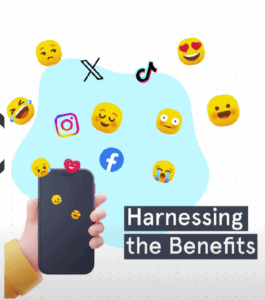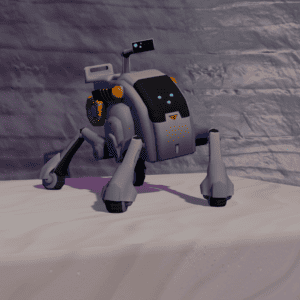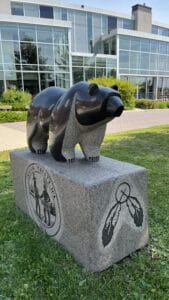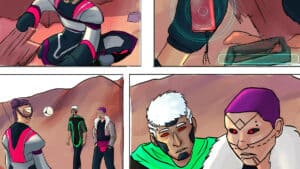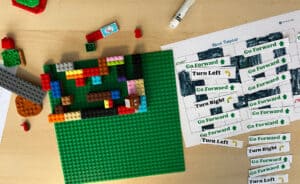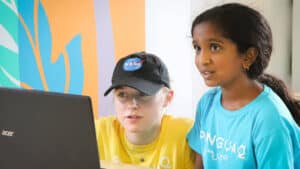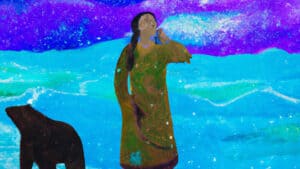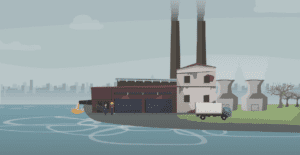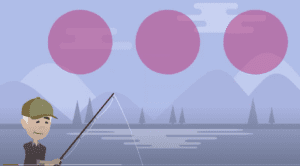Digital Dictionary
 Middle - Secondary
Middle - Secondary
On this episode of The Root & STEM Podcast, host and journalist Sofia Osborne speaks with Aidan Pine, a researcher working on the Indigenous Language Technology project at the Canadian National Research Council. Pine shares what got him interested in language revitalization. He then explains how his endangered language dictionary app Mother Tongues was founded. Aidan explains the ReadAlong Studio, a part of the Canadian Indigenous languages technology project that he has assisted, and how it’s helping young learners. Finally, Aidan shares his vision moving forward for Mother Tongues.

